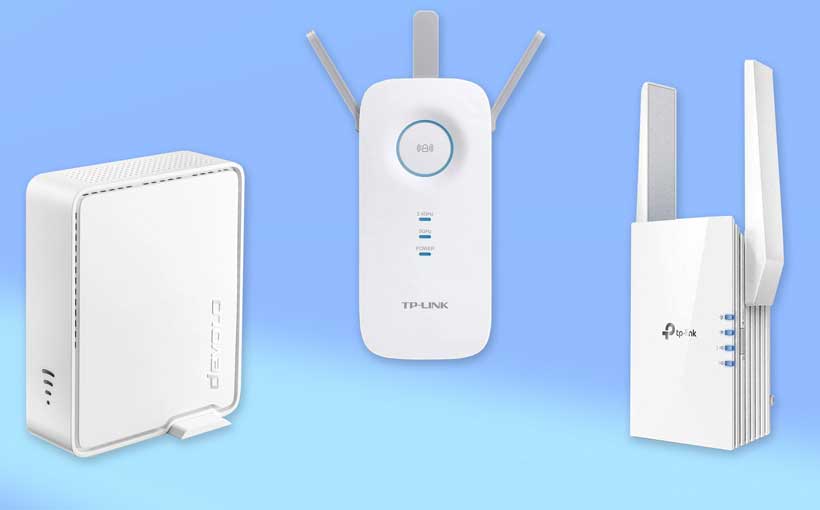
The global number of internet users has now soared to 5.1 billion, highlighting the indispensable role the internet plays in our lives. While the internet has undoubtedly enhanced our speed, productivity, and overall quality of life, there remain vast areas where mobile signal and internet access are still elusive. Mobile signal challenges, whether outdoors or indoors, stem from geographical obstacles and building materials, resulting in frustrating dead spots.
Addressing mobile signal issues is crucial, yet it doesn’t always guarantee quality broadband. Limited internet access carries serious implications, such as restricted healthcare technology access, limited information on global events, and diminished business growth opportunities. Additionally, education may suffer due to a lack of internet access.
The ubiquitous frustration with unreliable Wi-Fi connections is a worldwide woe as the count of Wi-Fi users grows exponentially. Achieving consistent and robust Wi-Fi coverage proves to be an ongoing challenge. For effective solutions and improved connectivity to tackle persistent mobile signal issues, explore our comprehensive guide on Mobile Signal Boosters.
The solution?
Are you familiar with Wi-Fi signal boosters or Wi-Fi extenders? If not, let’s delve into the details!
In essence, Wi-Fi extenders are standalone devices designed with a single purpose—to enhance the signal of an existing wireless network. These compact and convenient devices enable you to extend the coverage range of your Wi-Fi.
Imagine you have a Wi-Fi router positioned in one of your apartment rooms or, even more challenging, in an office. How can you ensure consistent signal strength throughout the desired space? The answer lies in a Wi-Fi extender.
No need to relocate the router, adjust cables, invest in more potent antennas, or attempt DIY Wi-Fi amplifiers, which are often ineffective. If you ever find yourself pondering “How to boost Wi-Fi signal?” or “How to improve Wi-Fi?” – these concerns should no longer cross your mind.
For those grappling with persistent wireless signal issues, questions like “How to boost Wi-Fi signal?” or “How to improve Wi-Fi?” may sound familiar. To find solutions, it’s essential to understand the factors influencing the range of a Wi-Fi network.
Various factors come into play, including the router itself (number and strength of antennas), the structure of your walls, the presence of neighboring Wi-Fi networks, the router’s location, and potential interference. When seeking advice for a router capable of providing a stable Wi-Fi connection in a three-room apartment or a private house, individual recommendations become challenging.
The key recommendation is to focus on the specific area of the house, apartment, or office. A studio apartment may thrive with an inexpensive router boasting one antenna and a 3 dBi capacity. Conversely, for a larger space like a house or a more extensive apartment, investing in a more advanced device is advisable. Stay tuned for a review of several Wi-Fi boosters in the upcoming sections of this post.
How do wifi extenders work?
Envision your router placed in the living room, where the signal weakens as you move farther away. What’s the solution? Introduce a wireless extender into the living room, positioned closer to the main router. This extender receives the Wi-Fi signal, extending its reach and simplifying your connectivity.
Consider the following points:
- When using an extender, the Wi-Fi network remains the same. For example, if your main router distributes a network named “my_wifi,” the extender replicates this network information, creating an identical network.
- All your devices will automatically connect to the network with the stronger signal, a seamless transition that goes unnoticed.
- Devices connected to the main router or a Wi-Fi extender, such as phones, laptops, tablets, TVs, etc., operate on the same network. This allows for the configuration of a local network where all devices can participate. For example, you can set up a DLNA server to watch movies from your computer on a TV, with the computer connected to the extender and the TV to the router. Convenient, isn’t it?
This is the functionality of extenders.
Additionally, there are Wi-Fi signal boosters and Wi-Fi repeaters, often confused with extenders. The distinction lies in their operations. While extenders replicate an existing connection without creating a new network, Wi-Fi boosters capture and rebroadcast the wireless signal in a new location. Consequently, the signal strengthens around the booster, but the original bandwidth may weaken by up to 50%. The choice between extenders, boosters, or repeaters is yours to make based on your specific needs!
How to boost wifi signal from the router?
If you’ve committed to securing an excellent wireless connection and have begun exploring the internet to find the best WiFi repeater, you may encounter the concept of boosting the WiFi signal from the router. Let’s delve into this idea.
While a typical WiFi router can function as a repeater, not all models support this feature, and not all manufacturers have optimized this mode effectively. However, if you possess a high-quality router designed to operate as a repeater, extending the range of your WiFi network becomes achievable by configuring the router in the desired mode.
Nevertheless, WiFi repeaters offer distinct advantages over routers:
- Convenient Settings: WiFi repeaters provide more user-friendly settings, simplifying the configuration process.
- Display of Network Quality: Repeater devices offer the convenience of displaying network quality, aiding in monitoring and optimization.
- Compact Form: The more compact form of a WiFi repeater allows for precise placement anywhere, enhancing flexibility.
- Compatibility with 5 GHz Network: WiFi repeaters efficiently work with 5 GHz networks and transmit them further at 2.4 GHz, ensuring optimal performance.
It’s worth noting that many routers, including popular TP-Link models, may not inherently possess repeater functionality. Therefore, if you’re contemplating a new device purchase, opting for an extender or booster is a preferable choice.
